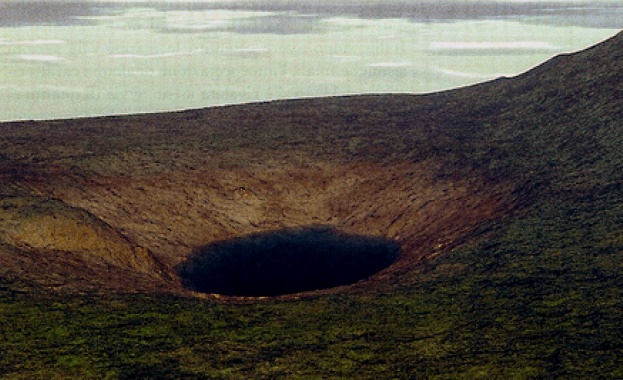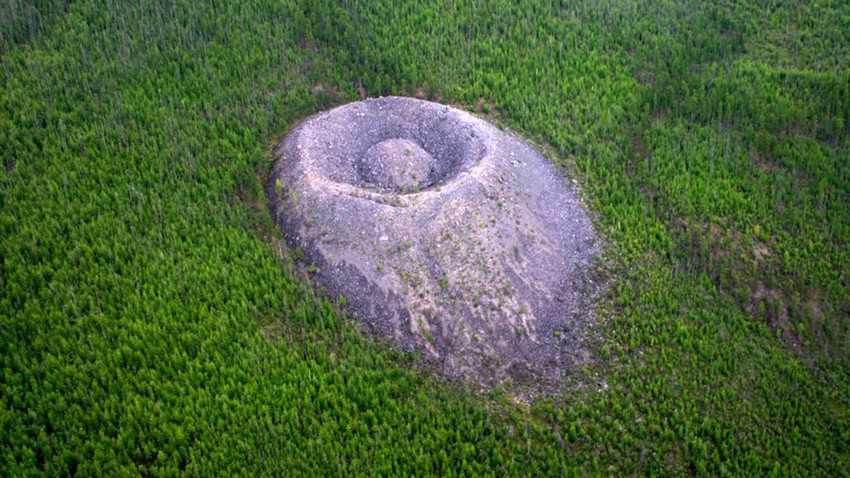There are many unusual mysteries that make scientists poke their heads into areas ranging from meteorology to medicine. Profit.bg tells about several of them:
1. Why some people wake up from a coma speaking a foreign language
In April 2010, a teenage girl in Croatia woke up from a mysterious 24-hour coma. But then a strange thing happened: the 13-year-old could not speak to her parents in her native Croatian. She understood the language, but could only speak inexplicably smooth German, a language she had just begun to study at school. She needed an interpreter to communicate with her family, and the doctors were stunned.
The case of this mysterious Croatian-German exchange is not the only example of brain changes leading to unexplained linguistic phenomena. In 2013, an Australian woke up from a coma after a car accident, speaking perfect Mandarin. In 2016, a teenager from Atlanta woke up from a coma, speaking fluent Spanish, but had trouble speaking his native English.
Doctors and scientists cannot fully explain these events. The role of language development in the brain is a dynamic field, but it is not clear how it can affect certain people so drastically.
2. What caused the Tunguska event
On June 30, 1908, a powerful explosion destroyed a forest in Siberia near the Podkamennaya Tunguska River. A fireball believed to be up to 100 meters wide erupted in the sky, knocking down about 80 million trees and killing hundreds of reindeer. The blast was so powerful that residents of the nearest town, about 55 miles away, felt the heat of the blast. The blast, known as the Tunguska event, is thought to have produced about 185 times more energy than the atomic bomb dropped on Hiroshima.
In an event of this magnitude and intensity, the source is expected to be clear. But more than a hundred years later, scientists still don’t know what caused it. The most common explanation is a meteorite. However, no impact crater or evidence of any type of extraterrestrial object was found in the vicinity. Some scientists later concluded that this was a comet that had entered our atmosphere.
An expedition to the area in 1958 discovered some promising globules that point to meteorite origins. This is supposed to end the Tunguska mystery, but some scientists are still unsure. A 1973 document suggested that the Earth collided with a black hole, which led to the massive explosion, but was quickly challenged. Further research suggests that the incident was indeed some kind of meteor explosion, but a definitive conclusion has not yet been found, and theories of UFO crashes or nuclear explosions still exist.
3. How the Patom Crater formed
The Tunguska event is not the only mysterious thing that has happened in Siberia. There is another inexplicable thing hidden among the trees in the Irkutsk region: Patom Crater, also known as the Fire Eagle’s Nest, is a large rock formation. The crater is about 160 meters in diameter and 40 meters high, with an annular crown. It was discovered in 1949 by a geologist named Vadim Kolpakov, but is probably about 350 years old.

The region is home to the Yakuts, a Turkic group that has inhabited the area for generations. According to Yakut legend, the crater is an evil place and even deer do not dare to approach it.
Scientists initially tried to explain the craters as the result of some kind of extraterrestrial impact. However, some believe that this may be the result of the explosion of natural gas through the earth’s surface. There is so much speculation about formation in the geological world that in 2010 a whole conference was held on this, called the Patom Crater Conference. The participants in the conference reached a consensus: In their opinion, the Patom crater is not the result of any meteorite. They suggest that it was created by some kind of geological process, but at the moment this explanation is still only a guess.
4. How the placebo effect works
When researchers want to study a new drug, they often test it against a placebo. At a minimum, the drug must give better results than placebo in order to be considered effective. Oddly, placebos themselves can often cause changes in subjects, although there is no physiological mechanism to account for the change. The real, measurable impact of what is essentially a “fake” treatment is known as the placebo effect.
The idea of a placebo effect has existed since at least the 18th century, but scientists do not fully understand it. They know that the brain can perform complex neurobiological reactions simply because it expects results, such as the release of endorphins or dopamine, when it believes it is receiving an antidepressant. But that doesn’t mean he knows why. Harvard researchers are studying the negative and positive effects of the placebo effect and consider it a holistic experience.
However, there is no explanation as to why the placebo effect does not always work or why it is more effective in certain people or situations. So far, this is just one of the many unique and confusing features of the brain.
5. The “Upsweep” sound source
In the world of inexplicable phenomena there is a whole category of mysterious sounds. Some come from space, others from remote parts of the desert, and some especially sinister from the depths of the ocean. One such sound is “upsweep”.

Upsweep has been around since at least 1991, when the Pacific Marine Environment Laboratory began recording SOSUS, which was a Soviet underwater surveillance system with multiple listening stations around the world. The sound “consists of a long series of narrow-band twisting sounds lasting several seconds each,” the lab said.
The sound source is about halfway between Australia and South America. Curiously, the sound of rising changes with the seasons. It is strongest in spring and autumn, but scientists do not know why. The leading theory behind this mysterious sound? Volcanic activity.
Tags:
–


